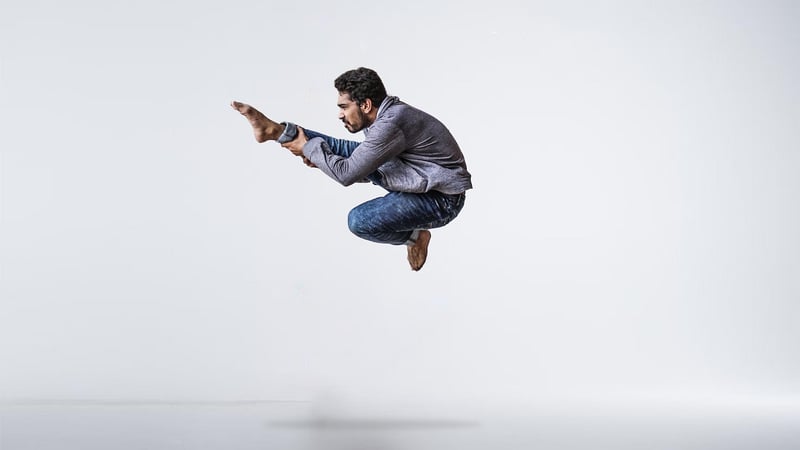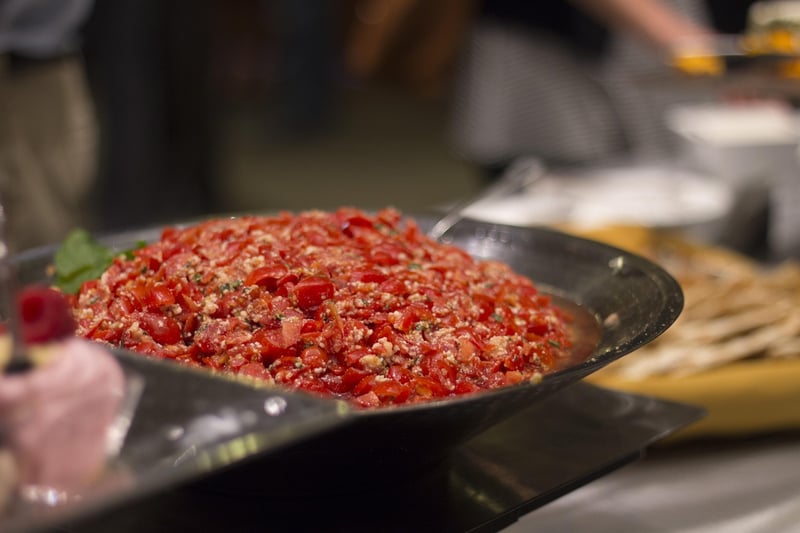Salsa
The Art of Movement Expression in Salsa Dancing
Salsa dancing is not just a dance; it's a form of artistic expression that involves intricate movements, passion, and rhythm. The fusion of diverse cultural influences in salsa music and dance has given rise to a vibrant and dynamic art form that captivates audiences worldwide.
The Origins of Salsa
Salsa originated in the Caribbean, with its roots tracing back to Cuban Son, Afro-Cuban Rumba, and other dance styles. The dance is a melting pot of various influences, including African, European, and indigenous cultures, resulting in a rich tapestry of movements and musicality.
The Artistic Movement in Salsa
At the core of salsa dancing is the art of movement expression. Dancers use their bodies to interpret the music, conveying emotions, stories, and energy through every step and turn. The fluidity of movements, sharp footwork, and intricate partner work all contribute to the artistic expression of salsa.
Key Elements of Artistic Movement in Salsa:
- Rhythm and Timing
- Body Isolation and Control
- Emotional Connection
- Partner Connection and Communication
- Improvisation and Creativity
Expressing Emotions through Dance
One of the most remarkable aspects of salsa is its ability to convey a wide range of emotions through movement. From the fiery passion of a fast-paced salsa song to the tender romance of a slow bolero, dancers use their bodies to express joy, love, longing, and more.
Image Gallery:

Conclusion
Salsa dancing transcends mere steps and beats; it is a form of artistic expression that allows individuals to connect with themselves, their partners, and the music on a deeper level. Through the art of movement, salsa dancers create a visual symphony that celebrates culture, passion, and life.
So next time you hit the dance floor, remember that salsa is not just a dance—it's a canvas for artistic expression through movement.
